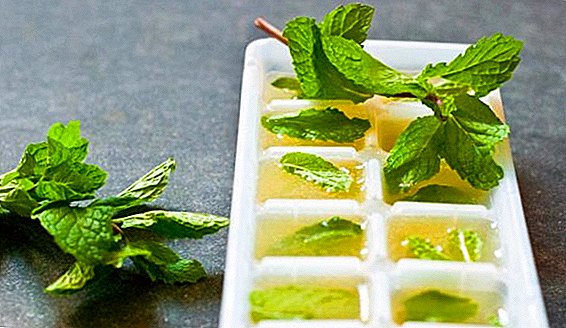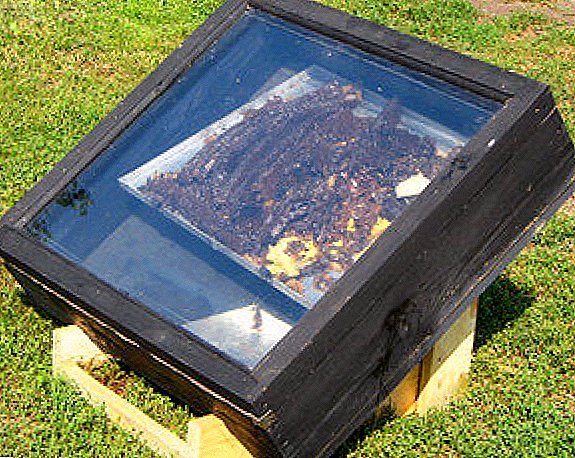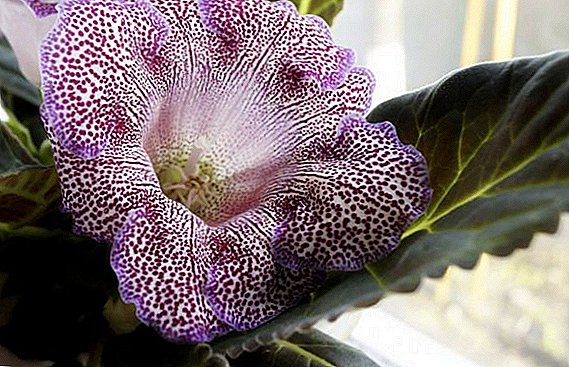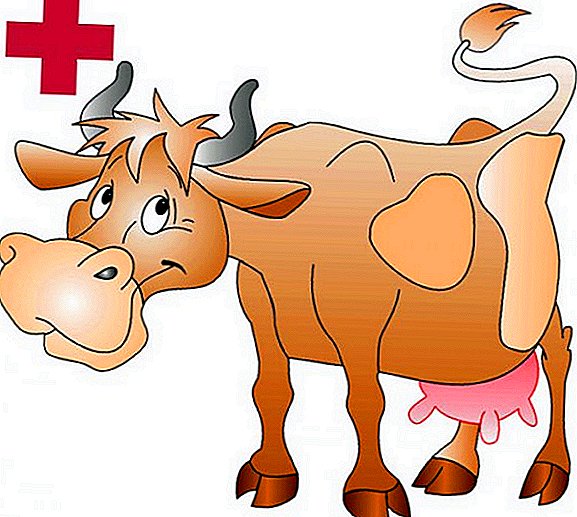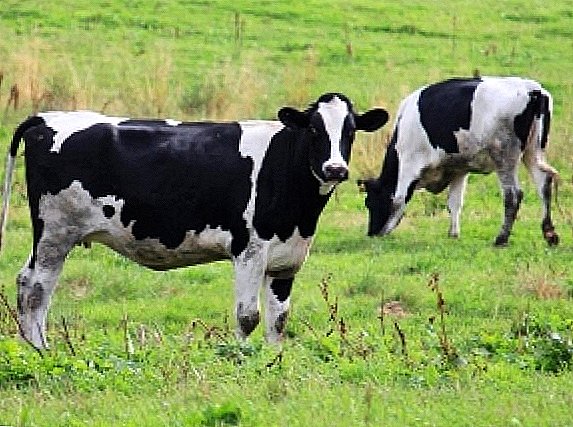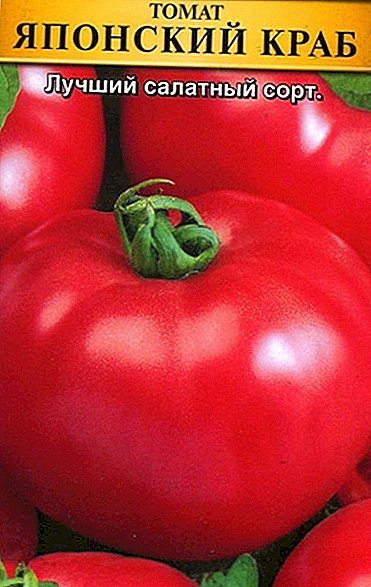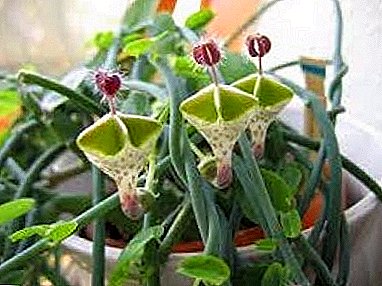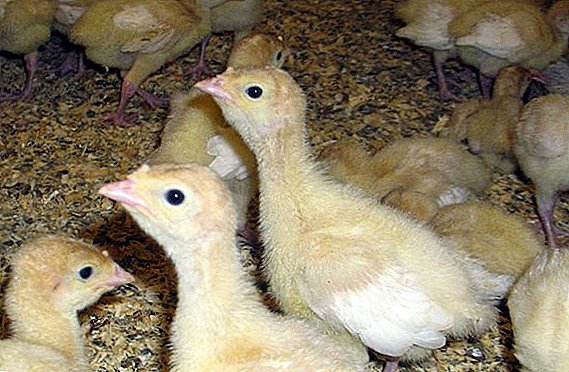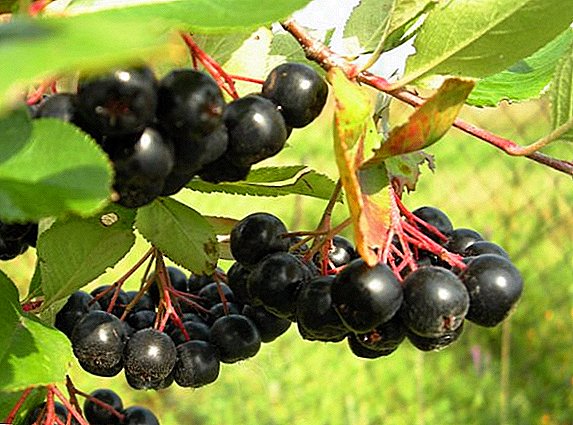 Chokeberry possesses fairly good immunity, therefore, diseases and pests disturb it extremely rarely. However, the probability of the disease can vary greatly depending on the geographical location, climate, proximity to other plants and other factors. Therefore, it is very important to know which pests and diseases can be encountered when growing chokeberry to avoid problems with the plant. Prevention of chokeberry from diseases and pests is a simple action, and some procedures help to fight several pests at once, so it is recommended to follow all the recommendations in order to protect the plant as much as possible.
Chokeberry possesses fairly good immunity, therefore, diseases and pests disturb it extremely rarely. However, the probability of the disease can vary greatly depending on the geographical location, climate, proximity to other plants and other factors. Therefore, it is very important to know which pests and diseases can be encountered when growing chokeberry to avoid problems with the plant. Prevention of chokeberry from diseases and pests is a simple action, and some procedures help to fight several pests at once, so it is recommended to follow all the recommendations in order to protect the plant as much as possible.
How to deal with diseases of mountain ash
Aronia is practically not subject to disease. However, occasionally, these plants still suffer from diseases that are characteristic of other fruit and berry plants.
Brown spot
This disease is especially dangerous for young and weak plants. In the initial stage, small brown spots appear on the leaves; a whitish bloom may form on the lower part of the leaf. If you run the disease, the leaves dry completely and fall off. If you find the symptoms of this disease on your plant, then it must be sprayed with a 1% solution of Bordeaux mixture. All fallen and damaged leaves must be promptly removed, collected and destroyed.
Septoria Spotting
This type of spotting is characterized by light brown oval spots with a dark border. It may appear in the middle of summer and leads to the complete drying of the tissue inside the spots. As with other types of spots, for the prevention and at the first signs, Bordeaux treatment is carried out, and all the damaged leaves are collected and destroyed. Preparations are also used for the fight. The bush and the soil beneath it are treated with copper oxychloride and Abiga-Pik for these diseases.
Bacterial necrosis, or bark cancer
 This disease can cause massive mortality of stone and pome crops. Aronia does not suffer from this disease as often as, for example, apricot, cherry, or peach. Symptoms are similar to the appearance of bacterial cancer on pome crops. In spring, they resemble burns, but this disease affects all the tissues and organs of the shrub, so the forms of manifestation may be different.
This disease can cause massive mortality of stone and pome crops. Aronia does not suffer from this disease as often as, for example, apricot, cherry, or peach. Symptoms are similar to the appearance of bacterial cancer on pome crops. In spring, they resemble burns, but this disease affects all the tissues and organs of the shrub, so the forms of manifestation may be different.
If the disease is transient, the fruits, shoots and flowers rather quickly dry and turn brown, but do not fall off, and hang on the tree for quite a long time. You will not see ulcers on the bark, but under the influence of toxins that emit bacteria, the bark becomes saturated with moisture, turns brown, then turns black and eventually dies. In this case, a characteristic sourish odor emanates from the bark, which resembles a fermented juice.
Treatment of such diseases of mountain ash, unfortunately, is impossible. If you find a disease in the initial stage, then pruning of all affected branches is carried out with the capture of healthy wood 8-10 cm below the lesion.
When processing it is necessary to disinfect the instrument with a 5% formalin solution, and it is necessary to lubricate the places of the cut with garden putty. If the disease has hit the plant too much, then the bush must be completely uprooted and burned, avoiding new plantings near this place.
Viral ring mosaic
 Symptoms of this disease are greenish-yellow rings on the leaves, which, when severely affected, merge and form a mosaic pattern. Over time, the leaves of mountain ash are deformed, become wrinkled, then turn black and fall off. To combat this disease, it is necessary to promptly remove the affected leaves and destroy them.
Symptoms of this disease are greenish-yellow rings on the leaves, which, when severely affected, merge and form a mosaic pattern. Over time, the leaves of mountain ash are deformed, become wrinkled, then turn black and fall off. To combat this disease, it is necessary to promptly remove the affected leaves and destroy them.
Comb
Fungal disease combing disease affects the root system. The causes of this disease are arthritis rooted in root rot, which weakens the plant. It has the appearance of leathery thin brownish-gray plates. Prevention involves standard treatment with Bordeaux mortar in the spring and autumn, as well as copper oxychloride and Abigak-Pik.
Fruit Rot, or Moniliasis
This disease resembles apple fruit rot. Progresses at high humidity. If the weather is dry and warm, the damaged tissue will dry out and the destruction of the fetus will stop. But with increasing humidity, this process resumes.
Did you know? The main reason for the occurrence of this disease - late harvest. Collect the fruits in time, and this disease will not disturb your plant.
Peripheral Wood Rot
Rowan can suffer from a disease such as peripheral rot of wood, which is caused by mushrooms. To combat use Bordeaux liquid or other fungicide. Strongly affected bushes must be removed and burned, and with the roots.
Mealy dew
 This fungal disease of chokeberry affects young leaves and shoots. Over time, a white cobweb-like bloom appears on them, and by the autumn they turn into brown spots - in this state the fungus overwinters. This disease can greatly weaken the plant, especially if the weather is warm and humid. To combat powdery mildew during the growing season, chokeberry must be pollinated with ground sulfur and lime (in a ratio of 2 to 1) at a rate of 0.3 g / sq. m. Also be sure to collect and burn fallen leaves.
This fungal disease of chokeberry affects young leaves and shoots. Over time, a white cobweb-like bloom appears on them, and by the autumn they turn into brown spots - in this state the fungus overwinters. This disease can greatly weaken the plant, especially if the weather is warm and humid. To combat powdery mildew during the growing season, chokeberry must be pollinated with ground sulfur and lime (in a ratio of 2 to 1) at a rate of 0.3 g / sq. m. Also be sure to collect and burn fallen leaves.
Rust
Chokeberry sometimes suffers from a disease called rust. The causative agent of this disease causes the appearance of yellow spots on the leaves. All spots have dark brown dots - the mushroom spore is on the upper side of the leaves. In the future, the fungus develops on juniper, so it makes sense to protect the planting of chokeberry from this plant. As a treatment for rust, the plant is sprayed with a solution of Bordeaux liquid, and the affected branches are completely removed.
How to deal with mountain ash pests
Aronia can also be affected by pests of other fruit crops. But the plant has good immunity, so you should not worry much about it. However, if there are many other fruit trees nearby, then it is worthwhile to carefully monitor your aronia in order to get rid of pests if necessary.
Hawthorn
 The size of this diurnal butterfly can reach 7 cm. Its caterpillars damage the leaves of the plant. It occurs in the spring, at this time the pest begins its activity. During budding, the larvae caterpillars eat them away, and then destroy the leaves and flowers. In the middle of summer, these pests lay eggs, most often on the upper side of the leaf.
The size of this diurnal butterfly can reach 7 cm. Its caterpillars damage the leaves of the plant. It occurs in the spring, at this time the pest begins its activity. During budding, the larvae caterpillars eat them away, and then destroy the leaves and flowers. In the middle of summer, these pests lay eggs, most often on the upper side of the leaf.
Did you know? One female haws may lay up to 500 eggs.
Before blooming, arion can be sprayed with various insecticides for prophylaxis, such as:
- Zolon;
- "Metathion";
- "Nexion";
- "Dursban";
- "Gardona";
- "Antio".
Before budding, the trees can be sprayed with Olekupri, Nitrafen.
Important! Quite often, the butterflies of the hawthorn feed on the pollen of flowering weeds, therefore it is impossible to allow them to bloom in the garden.
Weevil
On the chokeberry you can sometimes find leaf weevils that eat the leaves. To combat them, use karbofos (10 g per 10 liters of water) or Chlorofos (20-30 g per 10 liters of water).
Cherry slimy sawfly
 This dangerous pest is able to nibble the entire leaf, leaving only large streaks. They appear massively at the end of July, parasitize on the plant for a month, and then go to the soil. The larvae are comma-shaped and covered with thick dark mucus.
This dangerous pest is able to nibble the entire leaf, leaving only large streaks. They appear massively at the end of July, parasitize on the plant for a month, and then go to the soil. The larvae are comma-shaped and covered with thick dark mucus.
To combat mucous sawfly use the following solution:
- solution of "Chlorofos" or "Malathion";
- Entobacterin suspension solution;
- soda ash solution.
Spraying is carried out for the first time after flowering, and then 2 more times every subsequent week.
Important! A month before harvesting, any spraying should be stopped. You can only use a solution of soda ash.
Green apple aphid
This pest infects the leaves and tops of the shoots, causing them to curl and dry. These insects are small in size, up to a maximum of 3.5 cm in length. Young saplings suffer most from green apple aphid. In the period of blooming buds and before flowering, they are treated with insecticides to get rid of the larvae of the apple aphid. To combat aphids, it is necessary to spray the preparations with "Nitrafen", "Karbofos", "Olekuprit", etc.
Brown fruit and red apple pincers
 These pests of chokeberry appear during bud break. Larvae molt, leaving behind themselves larval skins on the bark of branches. Because of this, the branches get a silver tide, so it is impossible to confuse this type of pest with others.
These pests of chokeberry appear during bud break. Larvae molt, leaving behind themselves larval skins on the bark of branches. Because of this, the branches get a silver tide, so it is impossible to confuse this type of pest with others.
Important! In case of severe lesions, spraying with "Olekupkrit" and "Nitrafen" is carried out, but this should be done before bud break.
In spring Aronia should be sprayed with any of the acaricides ("Zolon", "Malathion", "Tedion", etc.). The use of various drugs is necessary because with the constant use of only one of them, the tick is formed immunity to it. In order to quickly reduce the population of ticks, it is imperative to dig up the soil under the plants, as well as regularly collect and destroy fallen leaves.
Bark beetle
This small dark-colored beetle gnaws at the bark, trying to get close to the succulent wood. All stages of the vital activity of this beetle occur precisely after the plant has entered the bark. In advanced cases, the leaves of Aronia rowan turn yellow, due to the fact that nutrients do not come from the branches.
To combat this pest it is necessary to spray the entire plant completely: the trunk, branches and leaves. For processing using the following drugs:
- Aktara;
- "Confidor";
- "Lepidocide".
Rowan and mining moths
 These pests affect the fruits of chokeberry. Caterpillars begin to eat the flesh, gnawing through the narrow passages. From the resulting holes, droplets of juice protrude, then dark spots appear, and the fruits taste bitter. Aronia does not receive severe damage, but the affected fruit is not usable, so with the appearance of this pest, the harvest is reduced. To combat rowan and miner moths, it is necessary to dig up the soil under the trees, burn the collected leaves, clean the bark from lichens and growths.
These pests affect the fruits of chokeberry. Caterpillars begin to eat the flesh, gnawing through the narrow passages. From the resulting holes, droplets of juice protrude, then dark spots appear, and the fruits taste bitter. Aronia does not receive severe damage, but the affected fruit is not usable, so with the appearance of this pest, the harvest is reduced. To combat rowan and miner moths, it is necessary to dig up the soil under the trees, burn the collected leaves, clean the bark from lichens and growths.
Important! Collecting and destroying caterpillar colonies is necessary along with spider nests, otherwise this procedure will have no effect.
Against the moth rowan fight with the help of spraying drugs against the apple stem. Against the apple miner moth, it is necessary to spray aronia with insecticides before flowering. However, it should be borne in mind that in most cases these drugs are effective only in the fight against young caterpillars.
Birds
 Unfortunately, birds like to eat various berries, so if they notice your garden, you will have to fight them. The most effective method is the special grids from birds, there are, of course, other self-made methods, but their effectiveness is not guaranteed. As such tools use shiny objects (such as CD / DVD discs), which brightly reflect the sun and scare away birds when approaching the bushes. In addition, scarecrows are used to scare away birds, as well as objects that, when they come into contact with each other, make a sound (for example, aluminum cans connected to each other), but it is possible that it will not scare the birds away, and unpleasant sounds will annoy you.
Unfortunately, birds like to eat various berries, so if they notice your garden, you will have to fight them. The most effective method is the special grids from birds, there are, of course, other self-made methods, but their effectiveness is not guaranteed. As such tools use shiny objects (such as CD / DVD discs), which brightly reflect the sun and scare away birds when approaching the bushes. In addition, scarecrows are used to scare away birds, as well as objects that, when they come into contact with each other, make a sound (for example, aluminum cans connected to each other), but it is possible that it will not scare the birds away, and unpleasant sounds will annoy you.



